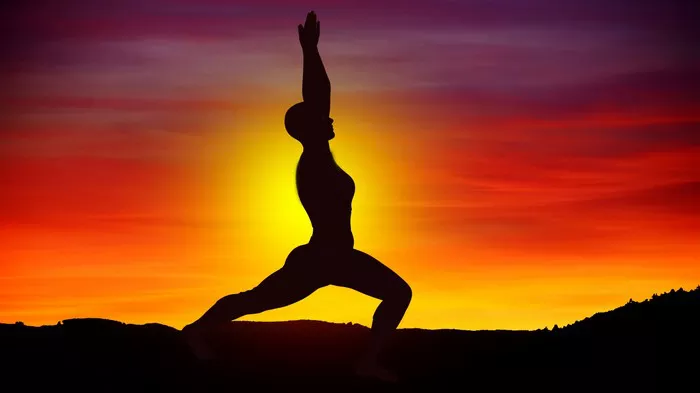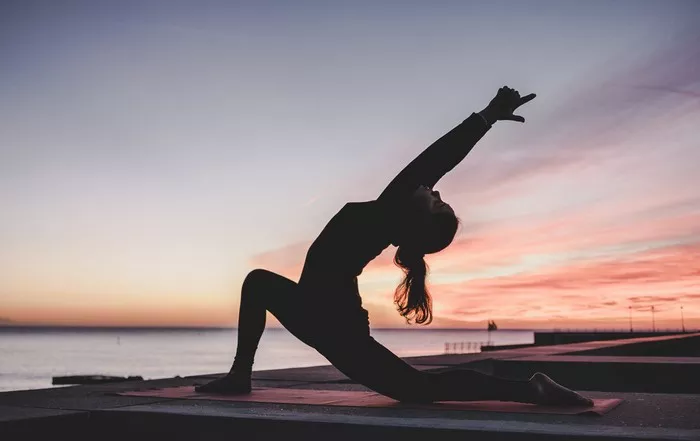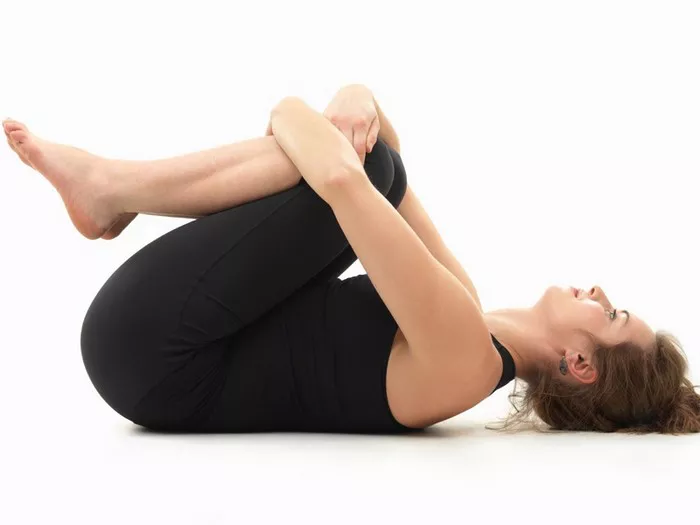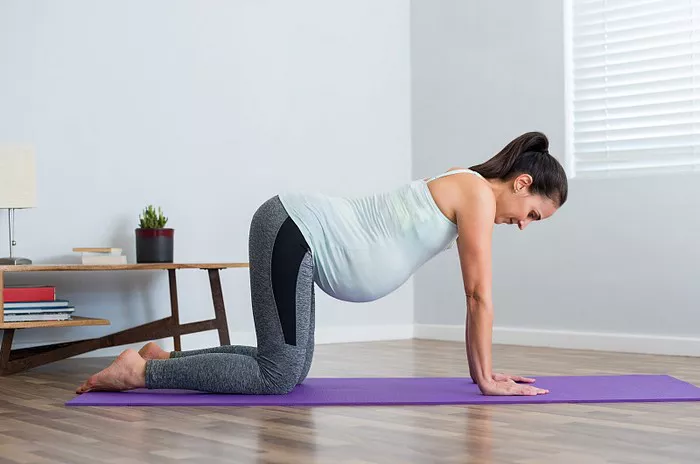Sun Salutation, or Surya Namaskar, is one of the most iconic and widely practiced sequences in yoga. Its combination of dynamic poses, mindful breathing, and spiritual significance has made it a cornerstone of many yoga practices worldwide. This article delves deep into what Sun Salutation is, its benefits, how to perform it, and its impact on the body, mind, and spirit.
Understanding Sun Salutation (Surya Namaskar)
At its core, Sun Salutation is a series of 12 linked yoga poses that flow in a sequence. These poses are designed to warm up the body, increase flexibility, and prepare it for deeper asanas (postures). The name Surya Namaskar translates to “salute to the sun,” reflecting its roots in ancient Vedic traditions where the sun was revered as a source of life and energy.
The Sun Salutation is much more than just a physical workout. It is also a form of worship, with each movement symbolizing gratitude and respect for the life-giving energy of the sun. Yogis often perform Sun Salutations at sunrise to align their bodies with the rhythms of nature, grounding their practice in both the spiritual and physical aspects of yoga.
The History of Sun Salutation
The origins of Sun Salutation can be traced back to ancient India, where the sun held a special place in religious and cultural traditions. The Vedic hymns often praised the sun as the sustainer of all life, and worshippers performed rituals and chants to honor the sun. The physical practice of Sun Salutation likely evolved from these early traditions as a way to unite the body, breath, and mind in a synchronized flow.
In the 20th century, Sun Salutation became more formalized as part of modern yoga practices. Influential yogis, such as Tirumalai Krishnamacharya and his students, including B.K.S. Iyengar and Pattabhi Jois, integrated Sun Salutations into their teachings, popularizing the sequence as a dynamic warm-up in many styles of yoga.
The Sun Salutation Sequence: A Step-by-Step Guide
The standard Sun Salutation consists of 12 poses, with variations across different styles of yoga. Below is a breakdown of the classical version:
Pranamasana (Prayer Pose)
Begin by standing at the front of your mat with your feet together and hands in a prayer position at your chest. Take a moment to center yourself, focusing on your breath and setting an intention for your practice.
Hasta Uttanasana (Raised Arms Pose)
Inhale deeply as you raise your arms overhead, arching your back slightly to stretch the spine. This pose symbolizes reaching for the energy of the sun.
Uttanasana (Standing Forward Bend)
Exhale as you fold forward from the hips, bringing your hands to the floor beside your feet. Keep your knees soft if needed, and focus on lengthening the spine.
Ashwa Sanchalanasana (Equestrian Pose)
Inhale as you step your right foot back into a lunge position, placing your hands on either side of your front foot. Look forward and engage your core to stabilize the posture.
Dandasana (Plank Pose)
Exhale as you step your left foot back to join your right foot in a plank position. Your body should form a straight line from your head to your heels, engaging the core and maintaining strong shoulders.
Ashtanga Namaskara (Eight Limbed Pose)
Lower your body to the ground, allowing your chest, chin, and knees to touch the mat while keeping your hips raised. This posture is a precursor to Chaturanga Dandasana in more advanced practices.
Bhujangasana (Cobra Pose)
Inhale as you slide forward into Cobra Pose, lifting your chest off the ground and engaging your back muscles. Keep your elbows slightly bent and your gaze forward.
Adho Mukha Svanasana (Downward-Facing Dog)
Exhale as you lift your hips into Downward Dog, creating an inverted V-shape with your body. Press your hands firmly into the mat and lengthen your spine.
Ashwa Sanchalanasana (Equestrian Pose)
Inhale as you step your right foot forward between your hands, returning to the lunge position. Keep your chest lifted and look forward.
Uttanasana (Standing Forward Bend)
Exhale as you step your left foot forward to join your right foot, folding into the Standing Forward Bend once again.
Hasta Uttanasana (Raised Arms Pose)
Inhale as you rise to standing, sweeping your arms overhead and gently arching your back.
Pranamasana (Prayer Pose)
Exhale as you bring your hands back to the prayer position at your chest, completing the sequence.
Benefits of Sun Salutation
Sun Salutation offers numerous benefits, both physical and mental. Here are some of the key advantages:
Improves Flexibility and Strength
Each pose in Sun Salutation targets different muscle groups, stretching and strengthening the body in a balanced way. The flowing movements help to increase flexibility in the spine, shoulders, hamstrings, and hips.
See also: Relieving Lower Back Pain: The Best Yoga for a Healthy Spine
Boosts Cardiovascular Health
When performed at a brisk pace, Sun Salutations can elevate the heart rate, offering a cardiovascular workout that improves endurance and overall heart health.
Promotes Mindfulness and Focus
The synchronization of breath and movement in Sun Salutation encourages mindfulness. As you flow through the sequence, your attention becomes focused on the present moment, helping to calm the mind and reduce stress.
Stimulates Digestive and Respiratory Systems
The deep breathing and twisting motions in Sun Salutation stimulate the digestive system, promoting better digestion and detoxification. Additionally, the rhythmic breathing enhances lung capacity and improves respiratory health.
Energizes the Body and Mind
Sun Salutation is often practiced in the morning as a way to energize the body and mind for the day ahead. The sequence stimulates circulation, wakes up the muscles, and invigorates the entire body.
Balances the Nervous System
The meditative aspect of Sun Salutation helps regulate the nervous system, reducing anxiety and promoting relaxation. This balance is achieved through the mindful breathing and deliberate movements of the practice.
Aligns the Body’s Energy
In yoga philosophy, the practice of Sun Salutation is believed to align the body’s energy with the sun’s vital force, creating harmony and balance within the body. It also awakens the prana (life force) within, allowing it to flow freely through the body.
Different Variations of Sun Salutation
Over time, different styles of yoga have introduced variations of the Sun Salutation sequence. Here are a few popular ones:
Sun Salutation A (Ashtanga Yoga)
This variation is commonly practiced in Ashtanga and Vinyasa yoga styles. It is a simplified version of the classical Sun Salutation, omitting certain poses like Equestrian Pose and incorporating Chaturanga Dandasana (Four-Limbed Staff Pose) instead of Ashtanga Namaskara.
Sun Salutation B (Ashtanga Yoga)
Sun Salutation B is a more dynamic variation that adds poses like Utkatasana (Chair Pose) and Virabhadrasana I (Warrior I). This version is often practiced after Sun Salutation A in Ashtanga or Vinyasa classes.
Classical Sun Salutation (Hatha Yoga)
The classical version described above is more commonly found in traditional Hatha yoga classes. It is a slower, more meditative sequence, with an emphasis on alignment and breath.
Moon Salutation (Chandra Namaskar)
While not technically a variation of Sun Salutation, Moon Salutation is a complementary sequence that focuses on calming and cooling the body, typically practiced in the evening. It includes poses that stretch the hips, legs, and lower back, providing balance to the fiery energy of Sun Salutation.
The Spiritual Significance of Sun Salutation
Beyond the physical benefits, Sun Salutation holds deep spiritual significance in yoga. In ancient India, the sun was considered the source of all life, and practicing Sun Salutation was a way to express gratitude and reverence for this vital energy. The sequence is often accompanied by the chanting of mantras, such as the Gayatri Mantra, which is dedicated to the sun god Surya.
Sun Salutation is also associated with the chakras (energy centers) in the body. Each pose in the sequence is believed to stimulate different chakras, promoting balance and harmony within the body’s energy system. For example, the forward bends activate the root chakra, while the backbends stimulate the heart chakra.
Incorporating Sun Salutation into Your Yoga Practice
Whether you are a beginner or an advanced practitioner, Sun Salutation is a versatile sequence that can be adapted to your needs. Here are some tips for incorporating it into your practice:
Start Slow
If you are new to Sun Salutation, begin with a few rounds at a slow pace, focusing on proper alignment and breath awareness. As you become more comfortable, you can increase the speed and number of repetitions.
Practice Mindful Breathing
The key to Sun Salutation is synchronizing your movements with your breath. Inhale deeply as you expand your body, and exhale fully as you contract. This rhythmic breathing helps to calm the mind and deepen the stretch.
Set an Intention
Sun Salutation is a meditative practice that can be used to set a positive intention for your day. Before you begin, take a moment to reflect on your goals and aspirations, and carry this intention with you throughout the sequence.
Modify as Needed
If you have any physical limitations, feel free to modify the poses to suit your body. For example, if you have tight hamstrings, bend your knees in Forward Bend. If you have wrist pain, you can lower your forearms to the mat in Plank Pose.
Stay Consistent
Like any yoga practice, consistency is key to reaping the full benefits of Sun Salutation. Try to incorporate the sequence into your daily routine, whether it’s in the morning to energize your body or in the evening to unwind.
Conclusion
Sun Salutation is much more than a series of physical postures. It is a holistic practice that integrates the body, breath, and mind, offering a wealth of benefits for physicalhealth, mental well-being, and spiritual growth. By incorporating Sun Salutation into your daily routine, you can harness the energy of the sun, cultivate mindfulness, and build strength and flexibility in your body.
Whether you are a beginner or a seasoned yogi, Sun Salutation is a timeless practice that will continue to inspire and energize your yoga journey.
Related topics:
Unlocking Digestive Health: Best Yoga Practices for Digestion



















